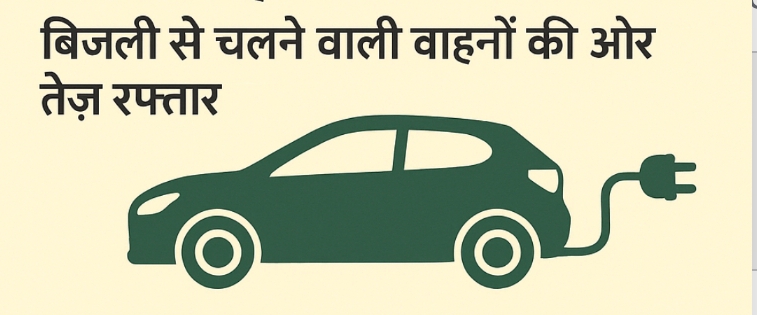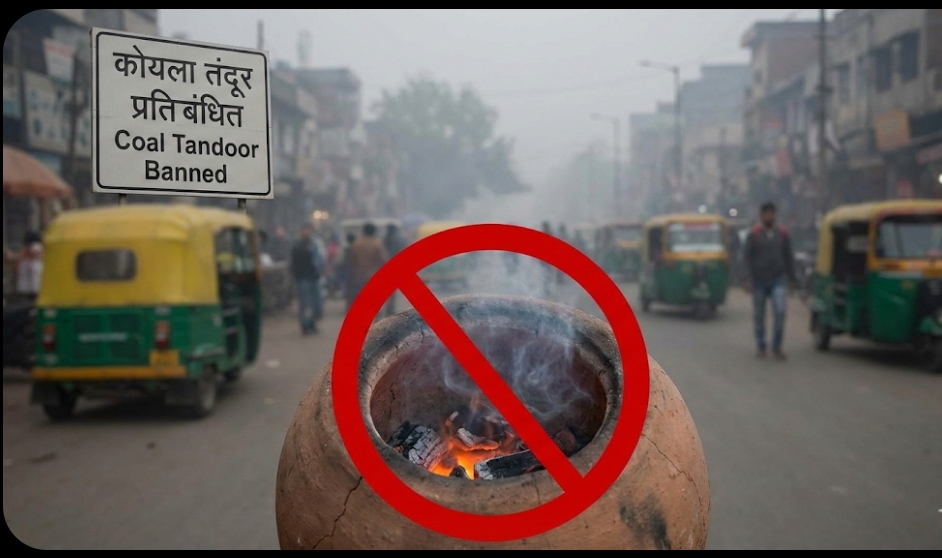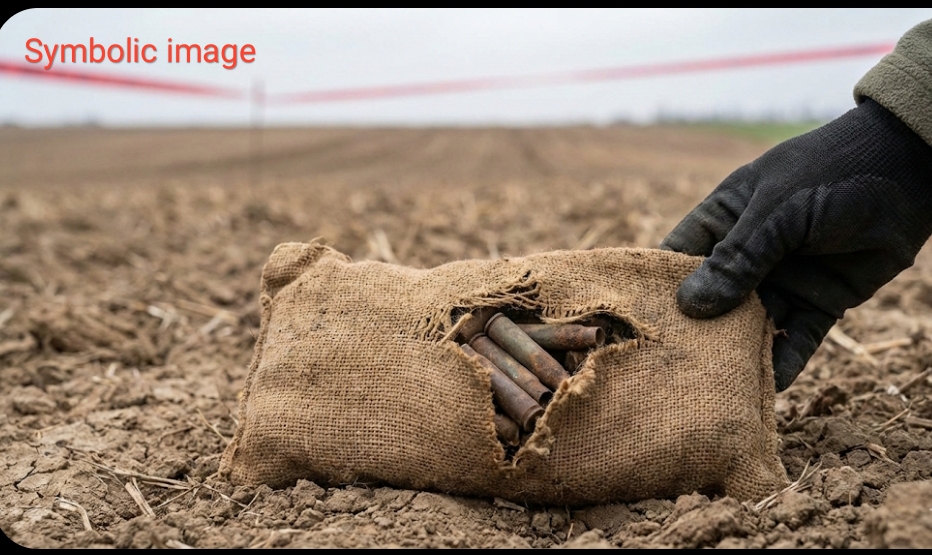ग्लोबल वार्मिंग को कम करने के लिए सीमेंट उद्योग से हो रहे CO2 के उत्सर्जन को कम करने की पहल
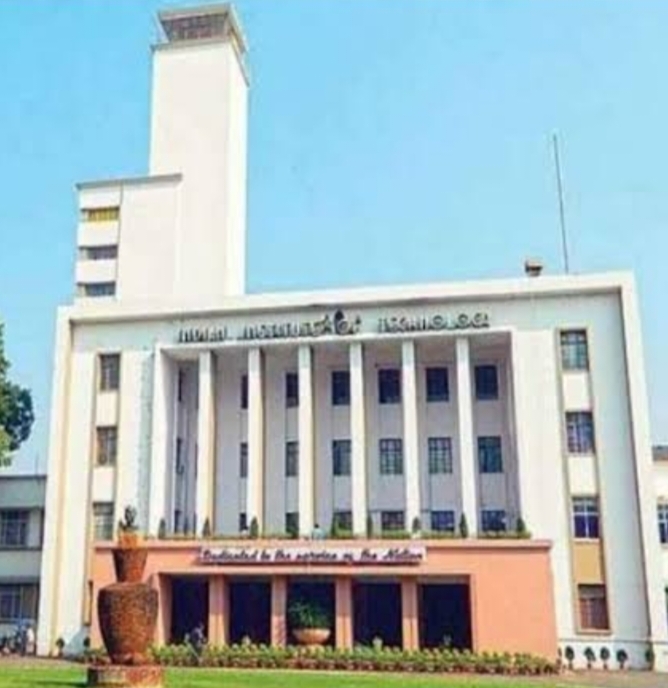





IIT Kharagpur Researchers Aids to Green Construction to Reduce Global Warming


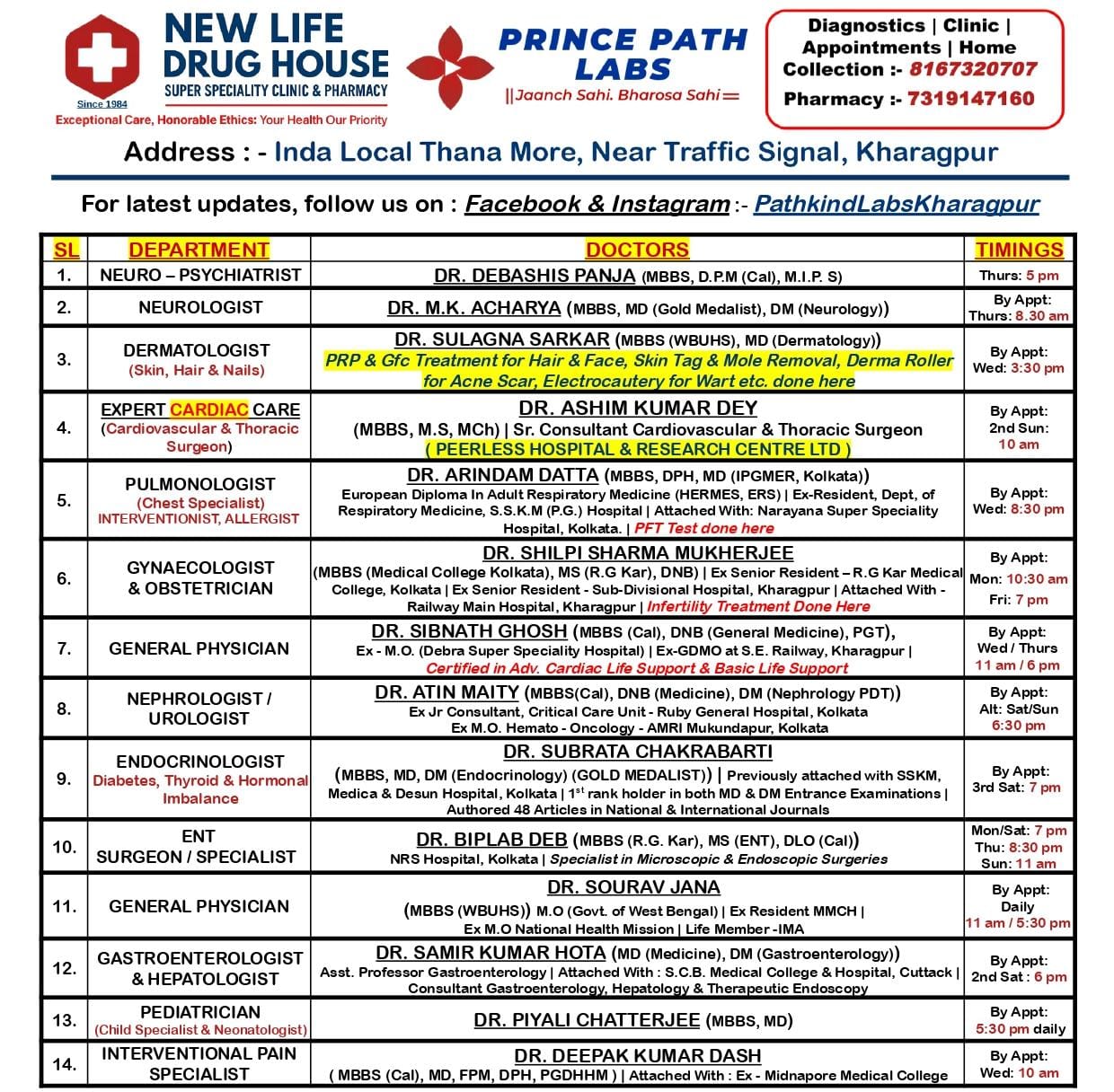
May 18, 2023, West Bengal, India: Climate change and green and sustainable growth have found top most importance in India’s G20 presidency this year. Not only India, but all the leading economies have spoken in one voice on it. To revolutionize green construction, a team from IIT Kharagpur, Department of Electronics and Electrical Communication Engineering, led by Prof. T.K Bhattacharyya, Scientist Dr. Jhimli Manna, Mr. Ayan Chatterjee, and Dr. Debmallya Das have developed and patented a Nano-Engineered Graphene derivative to reduce clinker factor from cement as well as concrete which can save the CO2 emission upto 25% annually. In addition, it will help to reduce the cost of cement production by approximately 2000 crore INR annually for the leading cement manufacturers whose annual production volume is 120 million tons. This is mainly achieved by reducing the cost incurred due to clinker production and energy consumtion, with an added advantage of green taxation.

Cement Industry is the second major contributor of CO2 emission [8%] which leads to global warming with more than 4.4 billion tons produced every year, a number that is expected to grow to 5.5 billion by 2050. This is due to the clinker production which is the main component of strength for cement. But we cannot essentially remove the clinker as lower clinker means lower strength. Hence the major challenge in developing green cement for all cement companies across the globe lies in reducing the clinker without compromising the strength of cement.
Nano-Engineered Graphene derivative contains a unique product fingerprint which helps in physical removal of clinker, enhancing strength by 25%. It also reduces water to cement ratio leading to water conservation specially beneficial for water starved areas. The product can be easily produced in large scale, hence can be seamlessly integrated into the existing industrial process flow, downsizing energy consumption. The nanoengineered graphene reinforced cement and concrete reduces crack propagation, enhances durability and resilience with lesser curing time without disrupting the current operating process. It can cater to the need of PPC, OPC, and slag based cement industries. The researchers have successfully reduced clicker in industrial setting by up to 25% without compromising strength.
“The CO2 emission during cement production increased steeply by 1.8% per year during 2015-2020. In this scenario, we must decarbonize its production to reduce the carbon footprint for a greener future and meet the commitment to deliver Netzero emmion by 2050. Almost all the national and international cement producing giants have focused their efforts in developing green cement using different strategies. A few of them have used clinker reduction strategies but till date none of them have declared a cement composition with physically reduced clinker which is the need of the hour. In this scenario, this technology is a breakthrough in revolutinizing green construction,” remarked Prof. T K Bhattacharyya, who is the professor at Department of Electronics and Electrical Communication Engineering, and head of Advanced Technology Development Centre, IIT Kharagpur.
The production of cement is the most carbon-intensive part which involves using fossil fuels to heat a mixture of limestone and clay to more than 1,400 °C in a kiln. When limestone (calcium carbonate) is heated, roughly 600 kilograms of carbon dioxide is released for every ton of cement produced.
The product has already been validated from two places. Firstly, it is tested in laboratory at the Civil Engineering Department at IIT Kharagpur and then MVP has been validated at the industrial testing laboratories of one of the major cement producing companies. A patent has also been filed and published.


